12 Movies About LGBTQ History to Watch During Pride Month
Get your history lesson from the movies
This is the Sunday Edition of Paging Dr. Lesbian. If you like this type of thing, subscribe, and share it with your friends. Upgrade your subscription for more, including weekly dispatches from the lesbian internet, monthly playlists, and a free sticker. I’m a full-time freelance journalist – your support goes a long way!
Happy June! My Pride Month sale is underway. You can get 30% off annual subscriptions or a one-month free trial. Paid subscriptions are a huge help to me, and they get you more Gay Content.
This post is too long for email, so read it in the app or on-site.
There’s plenty to do/watch/listen to/read this Pride Month, but I’m here to provide another set of options. I’ve already given you dozens of movie recommendations in Paging Dr. Lesbian, and today, we’re focusing on history. Learning is fun! Some of these films are documentaries that focus on a specific event, period, or people in queer and trans history, while others are works of fiction that dramatize – or subvert – ideas about the past. Now, let’s get down to business.
Different from the Others (1919), dir. Richard Oswold
One of the most important queer films ever made, Different from the Others was first captured on celluloid more than 100 years ago. Directed by Richard Oswold and co-written by revolutionary sexologist Magnus Hirschfeld, the 1919 film served as a polemic against homophobia, specifically Paragraph 175, which made homosexuality illegal in Germany. Conrad Veidt, who became a huge star the following year thanks to The Cabinet of Dr. Caligari, plays Paul Körner, a gay violinist fearing imprisonment. When he falls in love with one of his students, a blackmailer threatens to expose his secrets.
Hirschfeld used the film to spread his ideas about sexuality and gender, which include his theory of sexual intermediacy. This theory states the gender and sexuality exist on a spectrum that includes homosexuality, bisexuality, transgenderism and transvestism (Hirschfeld coined the latter term). In the film’s most moving scene, Hirschfeld, playing an unnamed sexologist, delivers an impassioned speech about the evils of homophobia, declaring that it belongs to “the same sad chapter of human history as the Inquisition”.
Germany didn’t have censorship laws when Different from the Others came out, though they were enacted soon after its release. The film faced further threats in the 1930s, when the Nazis burned prints of the film. Only one copy of the movie still exists, which is why we can still watch a (truncated) version of it today. (The pioneering lesbian film Mädchen in Uniform has a similar story.) If you’re looking for more media about this era, check out the documentary Eldorado: Everything the Nazis Hate.
Where to watch: The Internet Archive
Gay USA (1977), dir. Arthur J. Bressan, Jr.
In 1977, Arthur J. Bressan, Jr. released the first documentary by and about gay people. The film is composed of footage from different Pride events around the country, all shot on June 26, 1977. The doc depicts LGBTQ folks celebrating and claiming their right to be seen and heard, while also shining a light on their critics and what they were up against.
Though the gay liberation movement had made significant progress, the mid to late 1970s saw the emergence of the first widespread, organized retaliation against gay rights. Notably, this was around the time Anita Bryant launched her anti-gay crusade, leading to an orange juice boycott and the famous pie to the face. Composed in honor of Robert Hillsborough, a gay man stabbed to death in San Francisco just four days before the events of the film, Gay USA is nonetheless a joyful look at the gay community in celebration and in defiance.
Where to watch: Prime, OVID
Looking For Langston (1989), dir. Isaac Julien
Looking For Langston isn’t so much a recreation of history as it is a re-imaging and a reclamation. One long dream sequence, Isaac Julien’s 42-minute film depicts the queer inner life of Langston Hughes, along with James Baldwin, placing them in bars and clubs, bringing to life their fantasies, and following their ghosts. Set in the hazy, glittering world of the Harlem Renaissance, Julien populates these environments with black gay men whose histories have been erased. The angels looking down on these men seem to be protecting them from harm and ensuring that their legacies live on.
A museum piece, a feature film, and an educational tool, Looking For Langston troubles a straight, white telling of history. The film suggests that fantasies and dreams are just as valuable as so-called facts.
Where to watch: Vimeo
Paris Is Burning (1990), dir. Jennie Livingston
Probably the most famous LGBTQ documentary of all time, Paris Is Burning remains a cultural touchstone and the defining image of New York City’s ballroom culture. Directed by NYU student Jennie Livingston, the film follows members of the different houses that make up the ballroom scene, most of which are comprised of Black and Latino, gay and trans individuals.
In the 35 years since its release, there have been some questions about the film’s representational politics. How does Livingston’s POV as a white woman affect the movie’s substance? What of the film’s massive popularity, which did little to improve the economic circumstances of its subjects?
Despite these concerns, the joy and beauty found in Paris Is Burning is undeniable. The personalities Livingston captures are larger than life, from veteran queen Dorian Corey’s sardonic anecdotes, to Angie Xtravaganza’s maternal love, to Octavia St. Laurent’s model poise. An incredible document of a vibrant community under attack (several of the cast died within two or three years of the film’s release, and one, Venus Extravaganza, was killed during the shoot), it’s an essential piece of trans and queer history.
Where to watch: Max, Apple TV+, Fandango
Edward II (1991), dir. Derek Jarman
One of the films that inspired B. Ruby Rich’s famous essay coining the term New Queer Cinema, Derek Jarman’s Edward II queers history. Based on Christopher Marlowe’s 1593 play of the same name, notable for its early depiction of a gay relationship, the film follows Edward II’s (Steven Waddington) reign and eventual downfall. Edward falls in love with Piers Gaveston (Andrew Tiernan), but this relationship becomes disastrous for them both thanks to the involvement of Roger Mortimer (Nigel Terry), an ally of Edward’s wife Isabella (Tilda Swinton).
The basic facts about these characters’ connection to one another are based on historical record, though whether or not the palace was filled with gay sex can’t be known for sure. Jarman’s film makes everything gay, including the sex. The film opens with Edward and Gaveston relaxing in bed while naked sailors get it on right behind them. Edward’s soldiers are a group of gay rights protestors. Edward II is also filled with anachronisms that contribute to its cheeky, postmodern tone, from contemporary props to music. (At one point, Annie Lennox appears in the film singing a Cole Porter song.) Jarman’s take on history is as extravagant as it is clever.
Where to watch: Prime, Peacock
The Watermelon Woman (1996), dir. Cheryl Dunye
Like Looking For Langston and Edward II before it, Cheryl Dunye’s The Watermelon Woman takes the erasure of gay history as its point of entry. But Dunye set her film in the modern day, letting the characters meditate on film history with a self-referential twist. Dunye plays a woman not too different from herself, also named Cheryl. She works at a video store in Philadelphia and begins a project about black women in Hollywood in the 1930s and 1940s.
She discovers a woman described as the “Watermelon Woman,” and uncovers the queer life she seems to have lived. The “Watermelon Woman” isn’t a real person, though you’d be forgiven for thinking she was, considering the film’s parallels to reality. Movie Cheryl is an aspiring filmmaker, and her research leads to the creation of a documentary about the Watermelon Woman. This meta commentary makes a statement about representation in cinema past and present, as Dunye excavates forgotten histories (even if these histories didn’t occur in a literal sense). Considered the first feature film directed by a black lesbian, The Watermelon Woman is a piece of history about history.
Where to watch: Rentable on Prime, YouTube, Apple TV+, etc.
No Secret Anymore: The Times of Del Martin and Phyllis Lyon (2003), dir. Joan E. Biren
Two of the most beloved lesbian activists of all time, Del Martin and Phyllis Lyon have an incredible story to tell. They met in Seattle in 1950 and became romantic partners in 1952. Three years later, they (along with six other women) founded The Daughters of Bilitis, the first lesbian rights organization in the United States. Today, they are considered the mothers of the lesbian rights movement in this country.
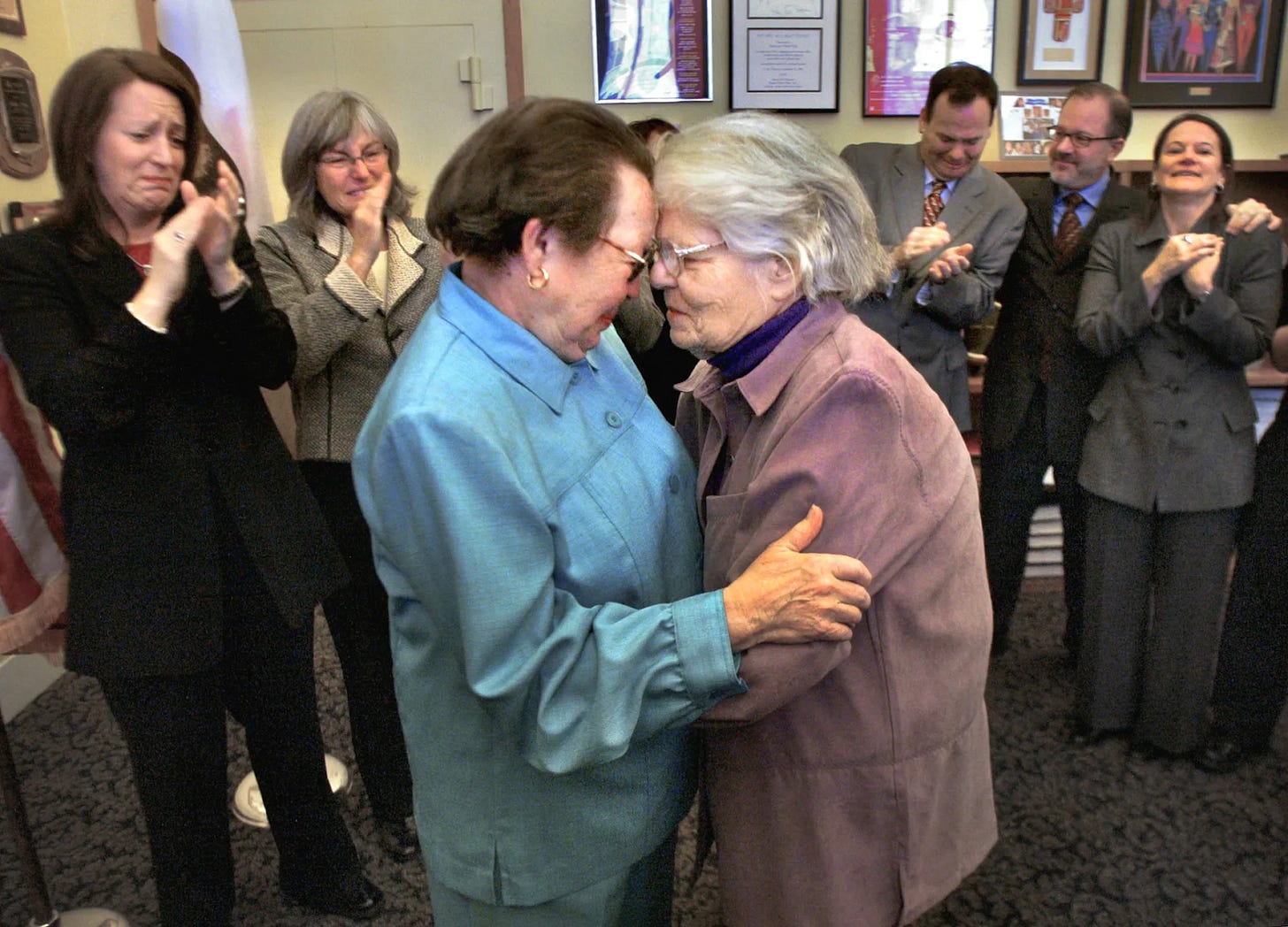
No Secret Anymore: The Times of Del Martin and Phyllis Lyon tells their incredible story, looking at both the personal and political aspects of their lives. Though their work was public-facing, they kept their relationship private, and the documentary gives us a glimpse into their lives behind closed doors. Using archival footage and interviews, the film preserves their legacy, both through activism and through love.
Where to watch: Kanopy, OVID
Screaming Queens: The Riot at Compton’s Cafeteria (2005), dir. Victor Silverman and Susan Stryker
Though the Stonewall Riots are considered the origin of the contemporary gay rights movement, they weren’t the first riots of this kind. In August of 1966, three years before Stonewall, the Compton's Cafeteria riot took place in San Francisco. The rioters were primarily trans women and drag queens fighting back against police harassment and brutality. When a trans woman resisted arrest by throwing coffee at a police officer at Compton’s Cafeteria, a restaurant that served as a meeting space for trans women, other trans women and drag queens took to the streets to demand better treatment. They used their high heels to fight the police and threw furniture through the cafeteria windows.
Directed by Victor Silverman and trans writer/activist Susan Stryker, Screaming Queens: The Riot at Compton’s Cafeteria tells the story of the first organized act of violent resistance to the oppression of trans and queer people. The film connects the riot to many contemporary issues within the LGBTQ community and society more broadly, including gentrification, anti-war activism, and even the emergence of glam rock. It’s not surprising that a movement founded by trans women has long been overlooked, and this documentary does the important work of putting these heroes back in the spotlight, where they belong.
Where to watch: Kanopy, Prime
How to Survive a Plague (2012), dir. David France
There’s one scene in How to Survive a Plague that hasn’t left my mind since I first watched the film nearly a decade ago. It’s the late 1980s, and activists have mounted a protest in Washington D.C. The protesters arrive at the White House, and out of the crowd comes a group of people carrying the ashes of their loved ones who’ve died of AIDS. In a powerful indictment of the government’s lack of response to the AIDS crisis, the protestors throw the ashes of their friends and family directly onto the White House lawn.
This is just one potent movement in David France’s How to Survive a Plague, which tracks the work of ACT UP and other AIDS activist groups. The documentary gives a glimpse into the inner workings of ACT UP, including moments of solidarity and fracture, and captures the many actions they took. These actions include a “die-in” at a Catholic Church, the creation of the AIDS Memorial Quilt, and shutting down the FDA for a day in protest of their lack of movement in approving life-saving AIDS drugs. An important look at a hugely impactful moment in queer history, the documentary also serves as a reminder of the power of direct action and the lethality of silence.
Where to watch: Mubi, Prime, Apple TV+, Pluto TV, AMC+
The Death and Life of Marsha P. Johnson (2017), dir. David France
In 2017, David France premiered his second documentary, The Death and Life of Marsha P. Johnson. Though she’s become more well-known as the face of the Stonewall Riots in recent years (along with Sylvia Rivera), Johnson’s story still remains a mystery to most. The documentary paints a picture of what Johnson’s life was like in the ‘60s and ‘70s, showcasing her exuberant personality, a life of poverty alongside the Warhol superstars, and her activism over the years.
But the main thrust of the story occurs in the modern day. France follows Victoria Cruz, a contemporary of Johnson and Rivera and now an elder trans woman, as she tries to finally work out what happened to Johnson. She died in 1992, and while the police ruled her death a suicide, few who knew her believed that story. Cruz’s search for answers from the past connects to the violence trans women face today, a point France explicitly makes in the film. Her investigation gives the documentary a compelling narrative, but the focus is on the emotional impact of Johnson’s life and death more than anything else.
Where to watch: Netflix
BPM (2017), dir. Robin Campillo
Much of queer art of the last several decades centers on or is influenced by the AIDS crisis, and for good reason. The crisis decimated an entire generation of gay men, both in the U.S. and abroad. The 2017 film BPM takes us to Paris in the 1990s, following the ACT UP movement there through the eyes of a young gay man. We witness the frequent arguments among ACT UP members, many of whom disagree about methods, targets, and ethics. Portrait of a Lady on Fire’s Adèle Haenel appears in the film as one such activist, representing the group’s lesbian contingent. The film eventually narrows in on Nathan (Arnaud Valois), a new member of ACT UP who falls in love with Sean (Nahuel Pérez Biscayart), a longtime member living with HIV.
As Sean’s health rapidly deteriorates, Nathan witnesses firsthand the devastating effects of the disease, and ACT UP’s activism takes on new meaning. The film contains moments of joy and celebration, including a jubilant club sequence, but make no mistake, it’s also devastating.
Though not an adaptation of one specific story, the film is based on Robin Campillo’s experience of the AIDS crisis in the 1990s, including the death of his boyfriend. (Co-writer Philippe Mangeot was also involved in ACT UP.) BPM’s dramatized version of events invites us into a story not soon to be forgotten.
Where to watch: Pluto TV, Flex, Google Play, Fandango
Wild Nights With Emily (2018), dir. Madeleine Olnek
Several films on this list depict queer history with more joy and playfulness than we often ascribe to historical figures or time periods. Madeleine Olnek’s Wild Nights With Emily is another such film. Previous imaginings of Emily Dickinson depict her as dour, depressed, and lacking a sense of humor. Terence Davies’ A Quiet Passion, though a well-made and well-acted film, is especially guilty of this.
Wild Nights With Emily takes a different approach, one more akin to Dickinson, but without the anachronisms. Olnek was inspired to make the film after learning that, contrary to popular opinion, Dickinson had a great sense of humor, and many of her letters were altered to conceal her longtime relationship with Susan Gilbert.
Molly Shannon plays Emily, and Susan Ziegler plays Susan, and much of the film centers on their relationship, becoming a romantic comedy of sorts. The movie also tracks Emily’s struggle to get published and recognized by male poets and editors, as well as the erasure of her relationship with Susan. Despite these upsets, Wild Night With Emily is a broadly lighthearted film that depicts Dickinson as energetic, joyful, loving, funny, and a truly interesting person.
Where to watch: Prime with a Strand Releasing subscription (free trial available)



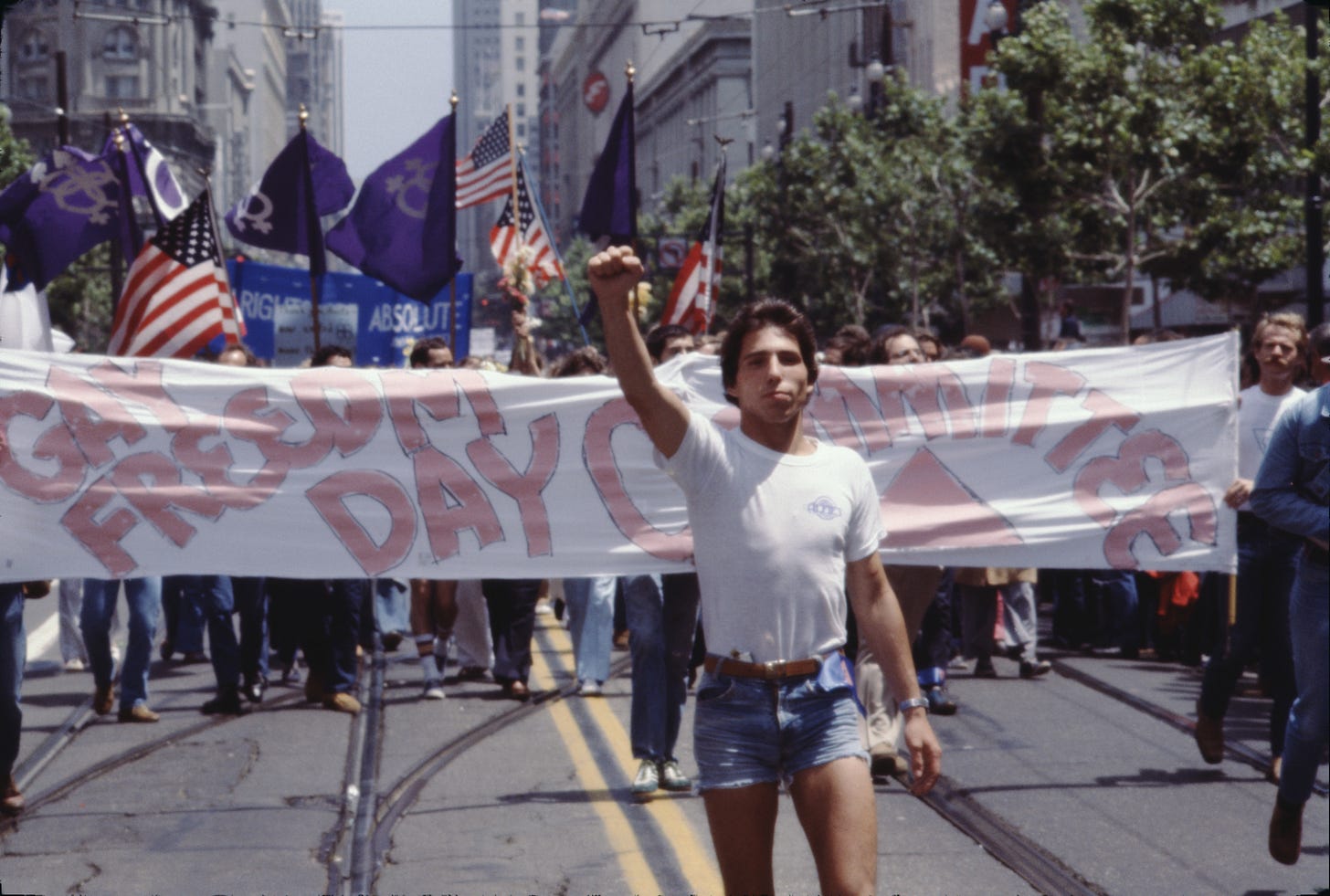

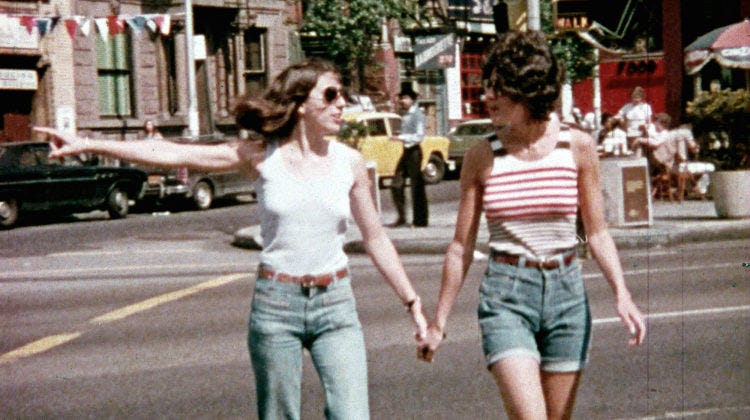
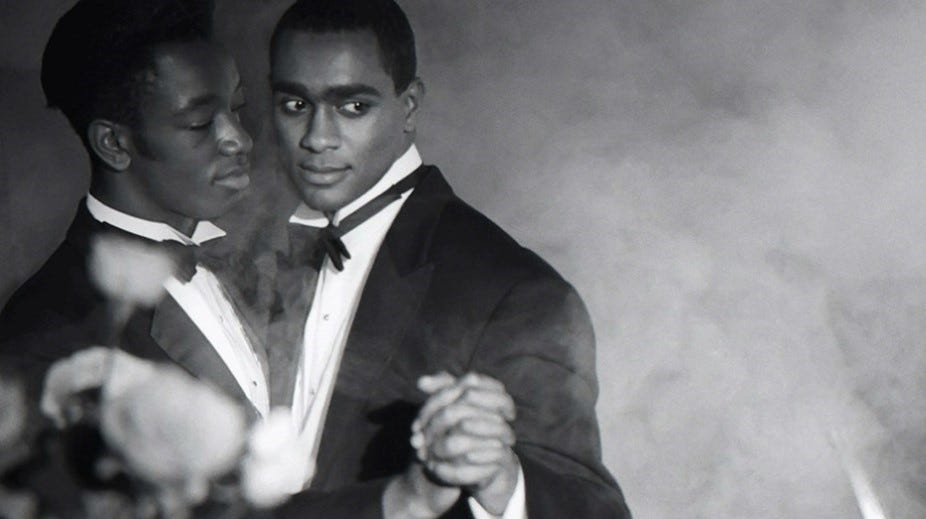
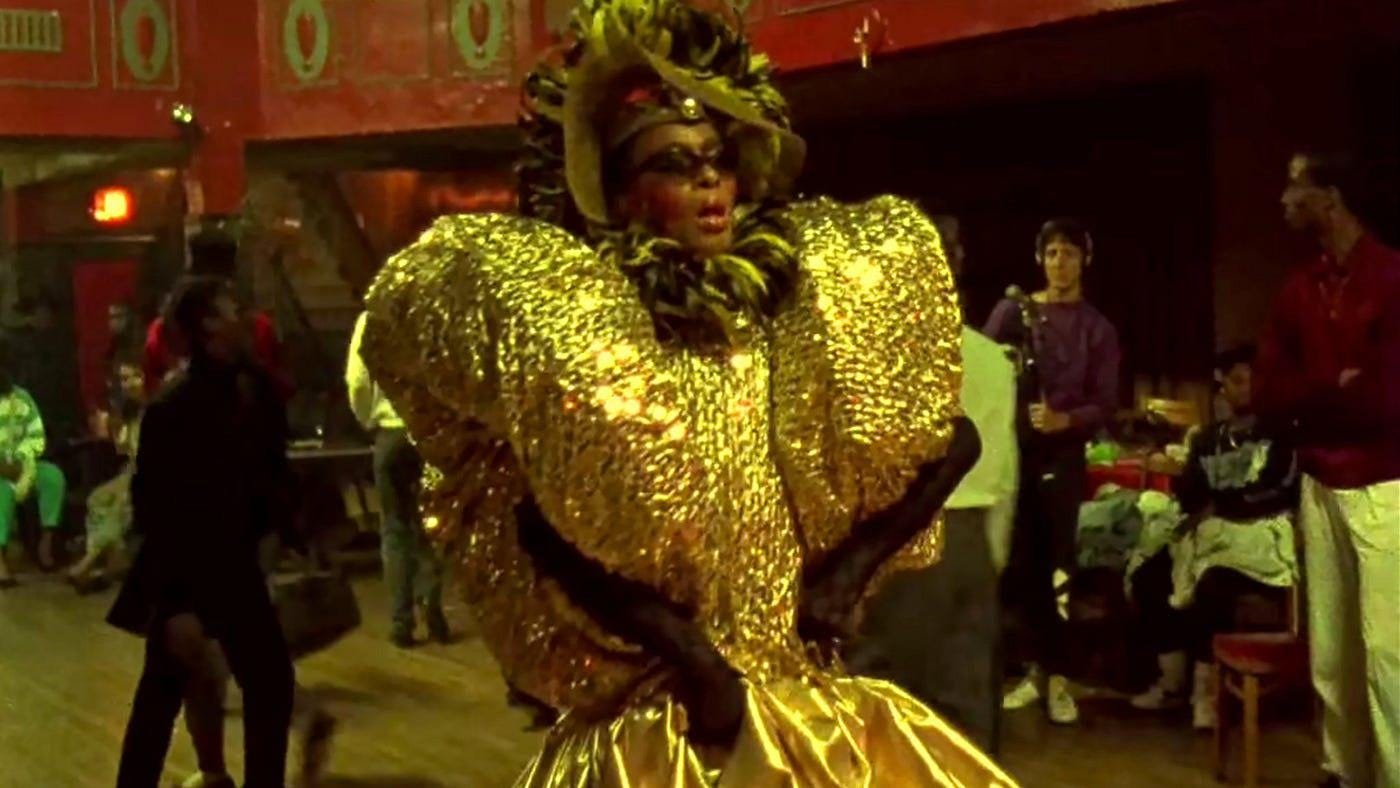
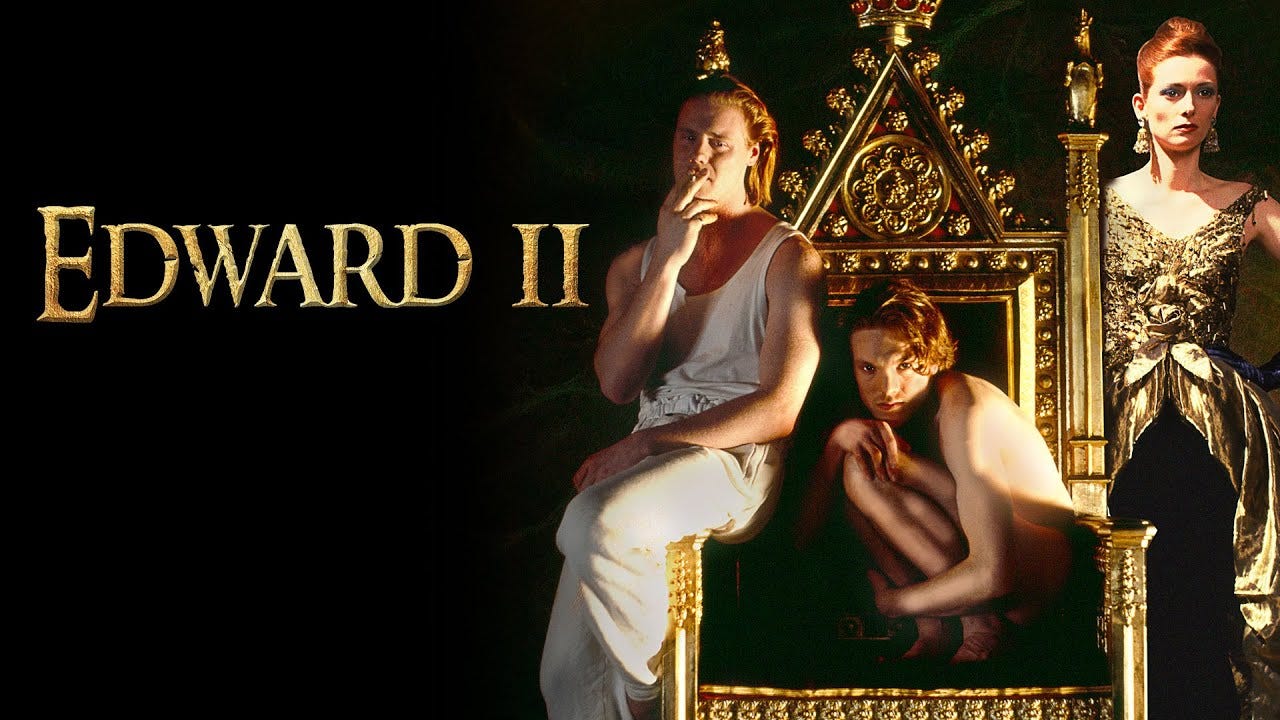
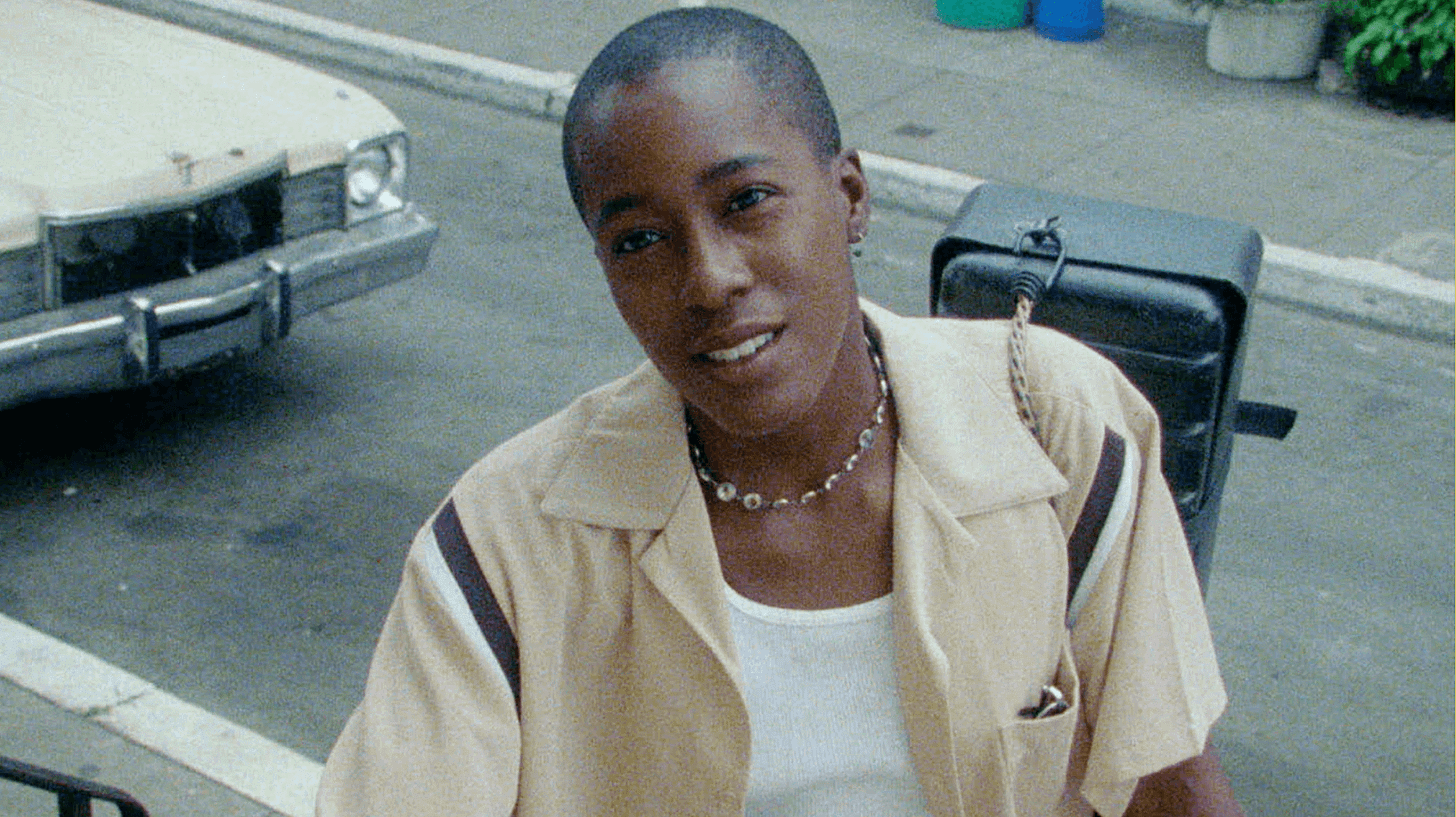
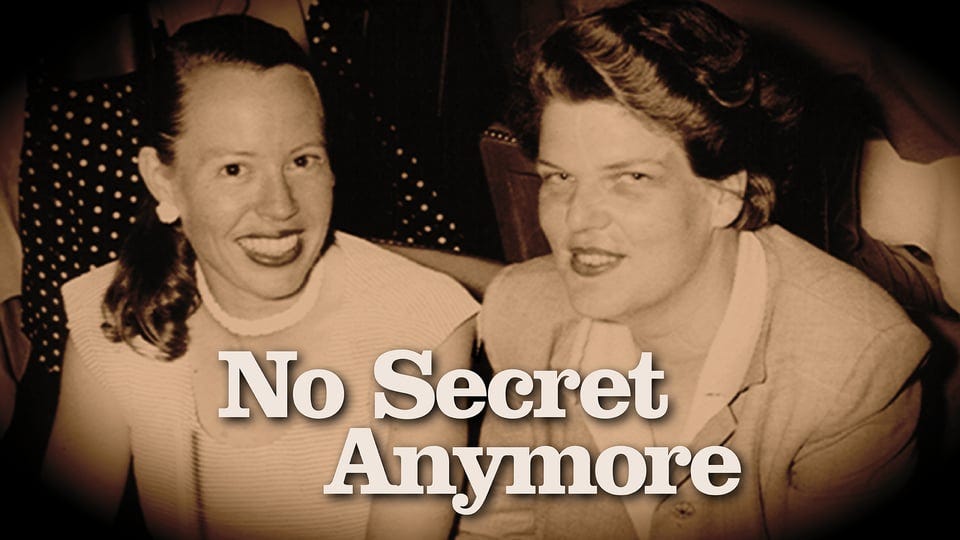
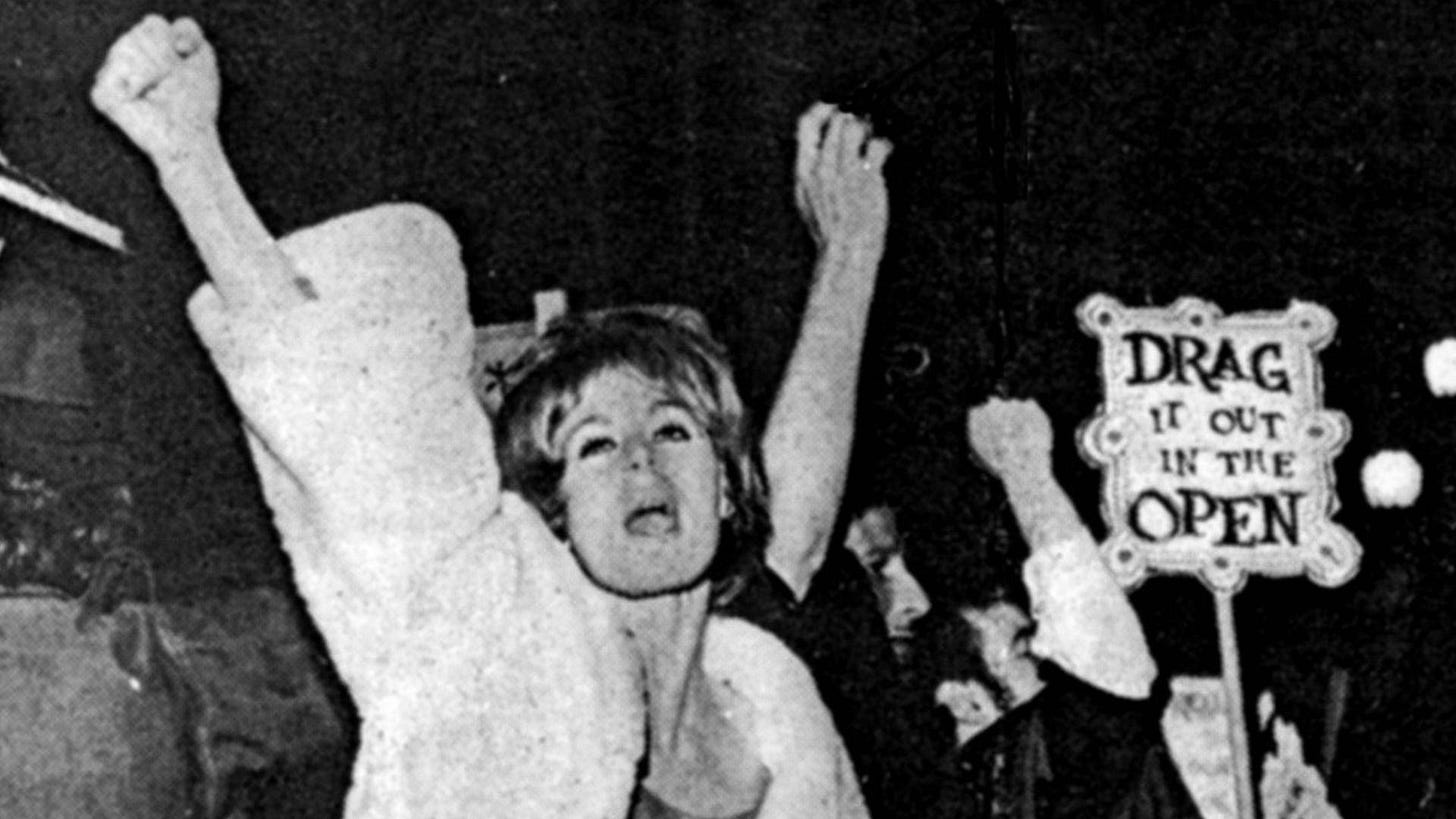
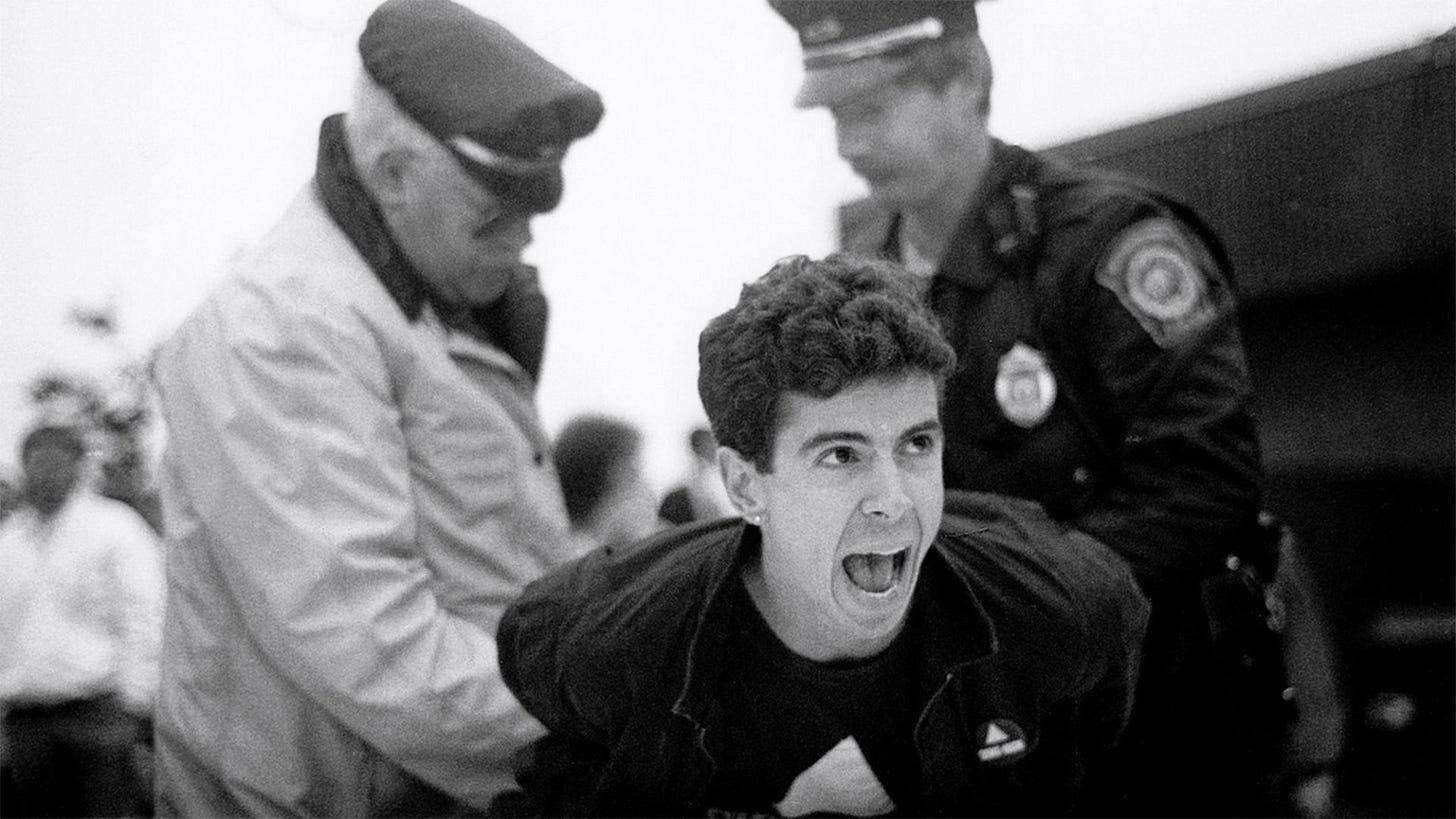
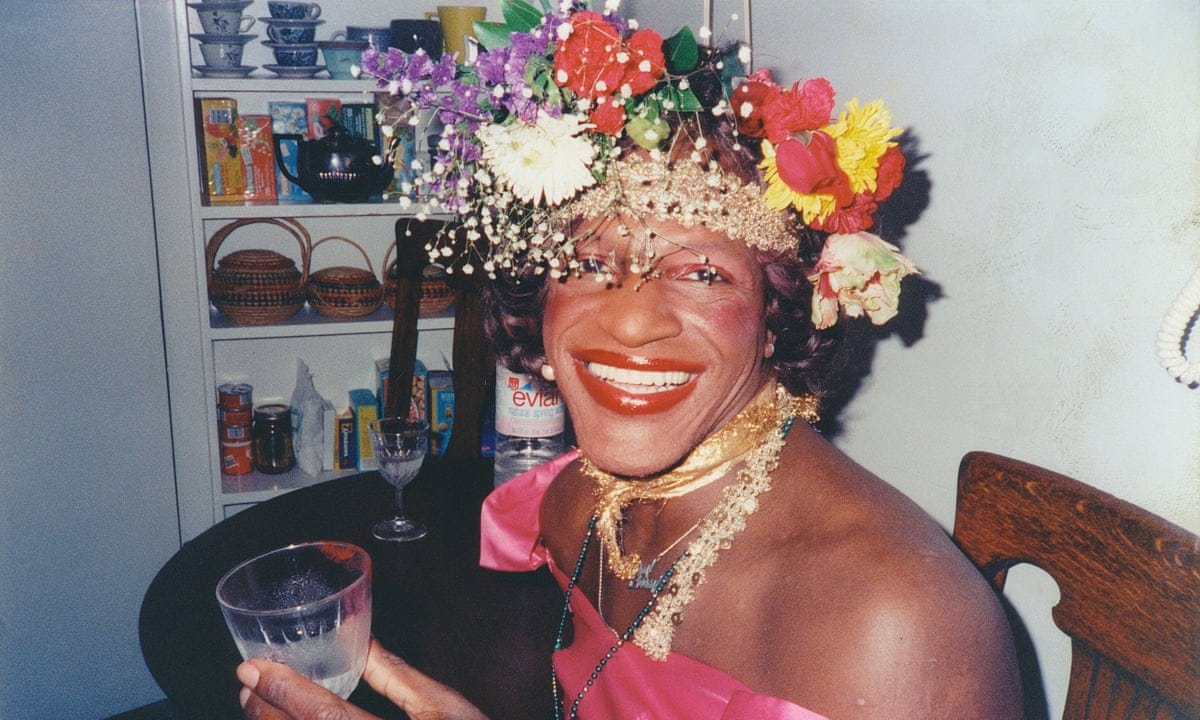
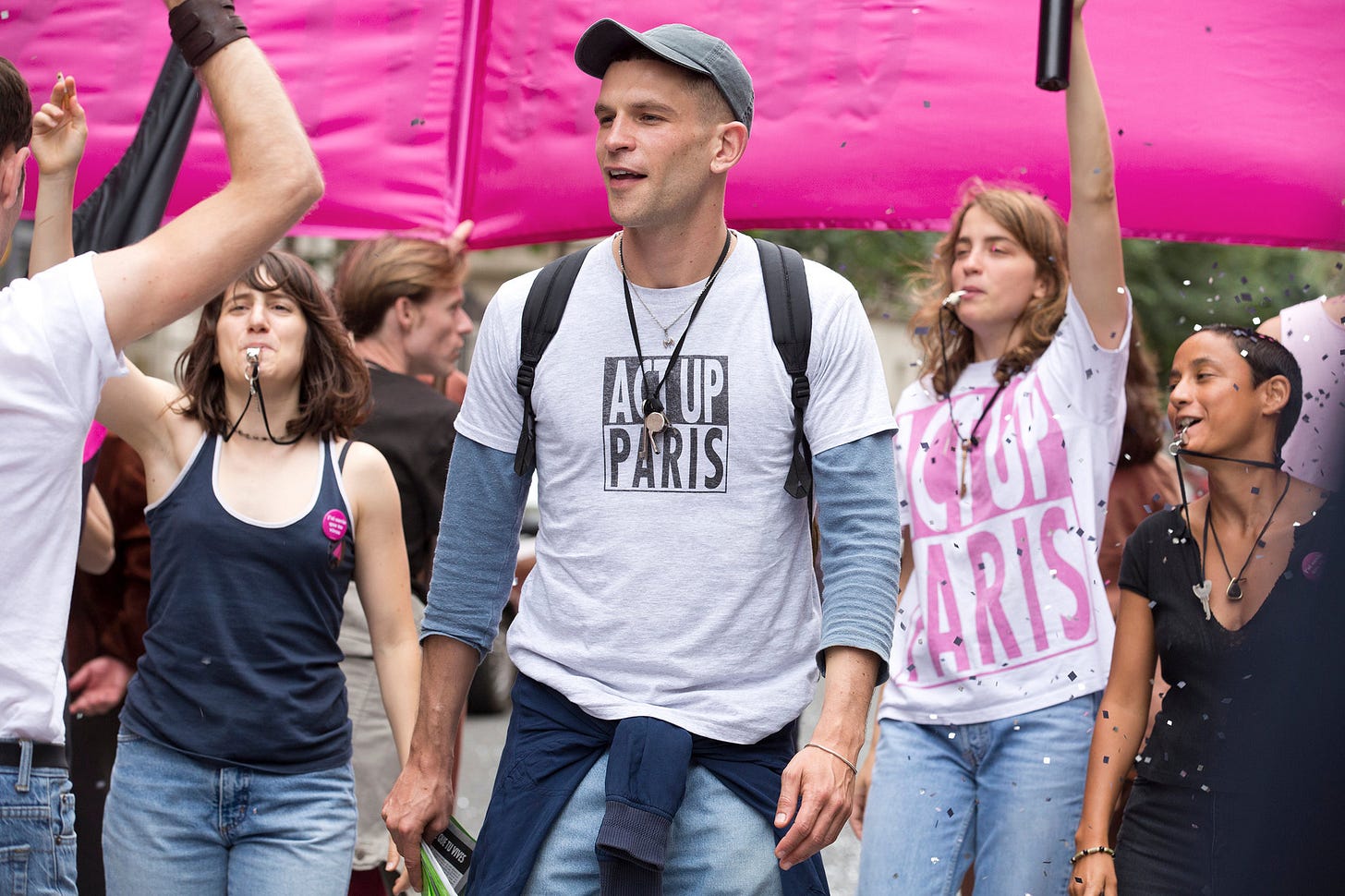
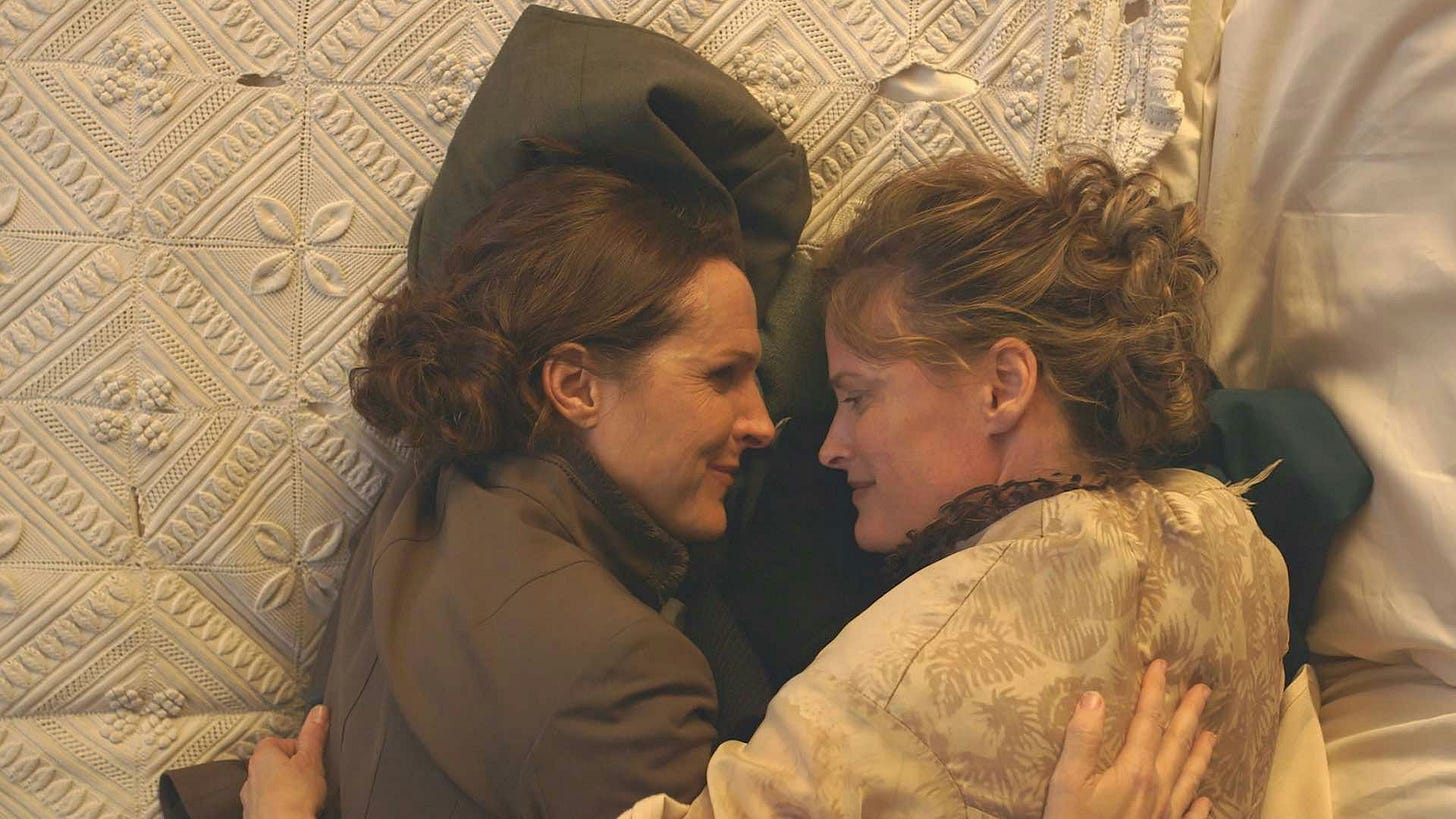
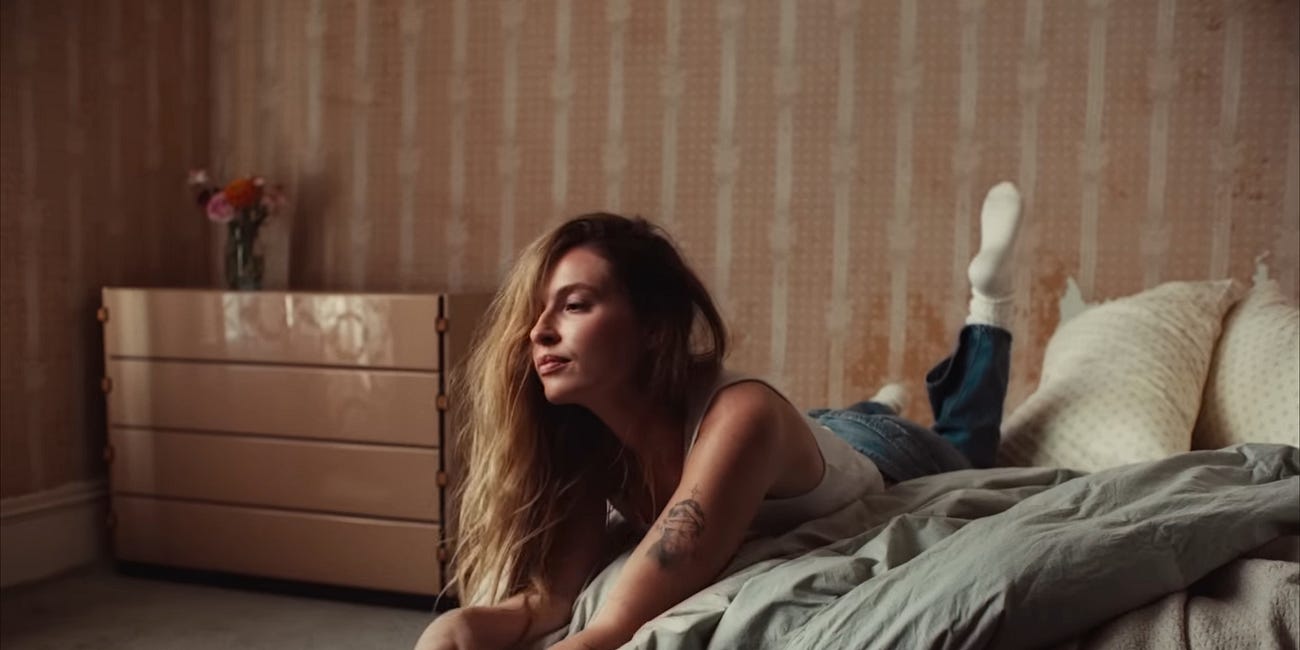
This list is amazing!! And thank you for including Wild Nights With Emily! I love that movie so much. I saw it (second time, first was at Frameline) in the theater down the street from Emily’s (and Susan)’s homes in Western Mass, a little thrill. Nice to have a such a joyful and sweet slice of queer history.
So many new ones to add to the list.
My personal favorite is "A very long engagement" I think I've watched it at least 3 times and cry every time.